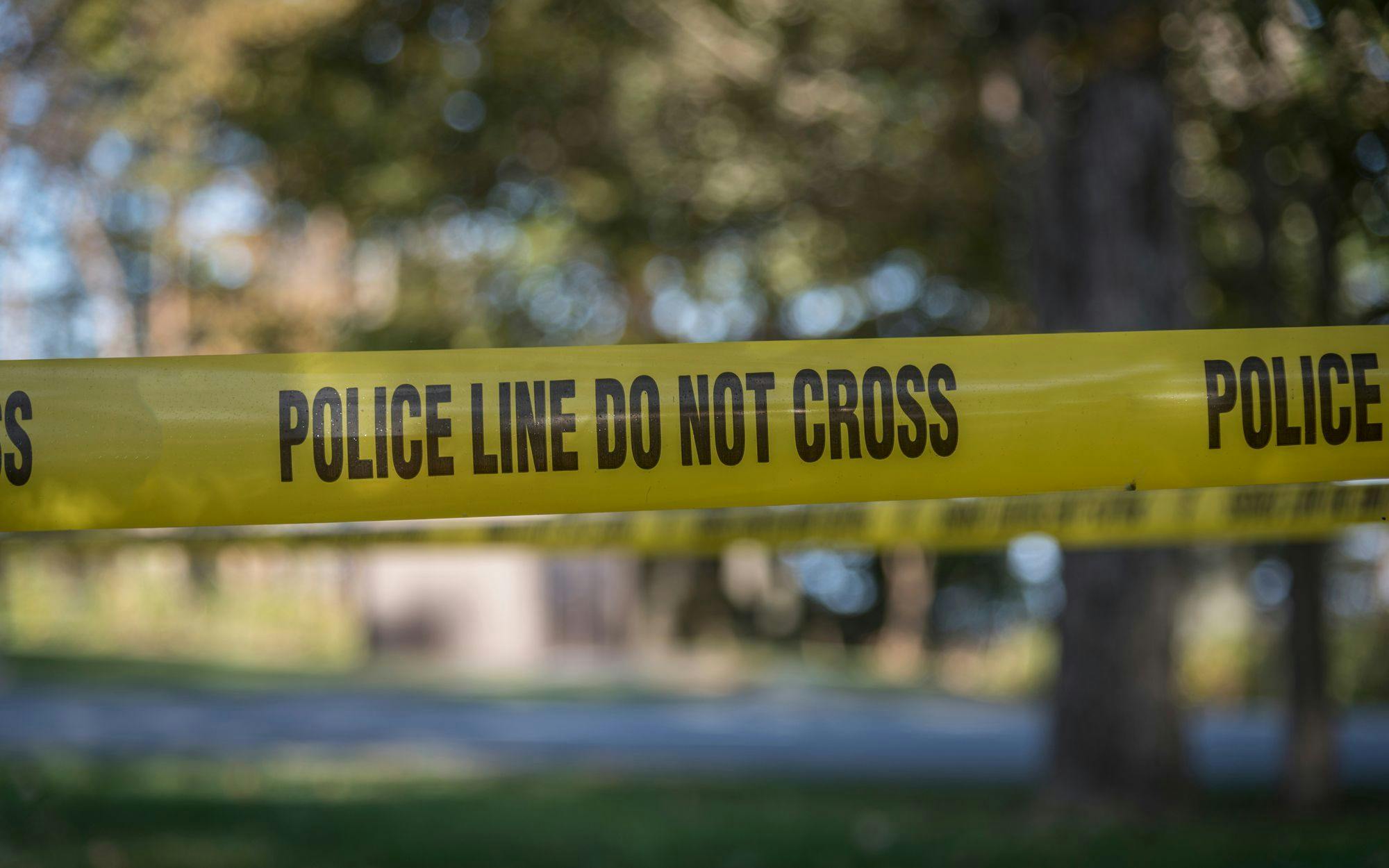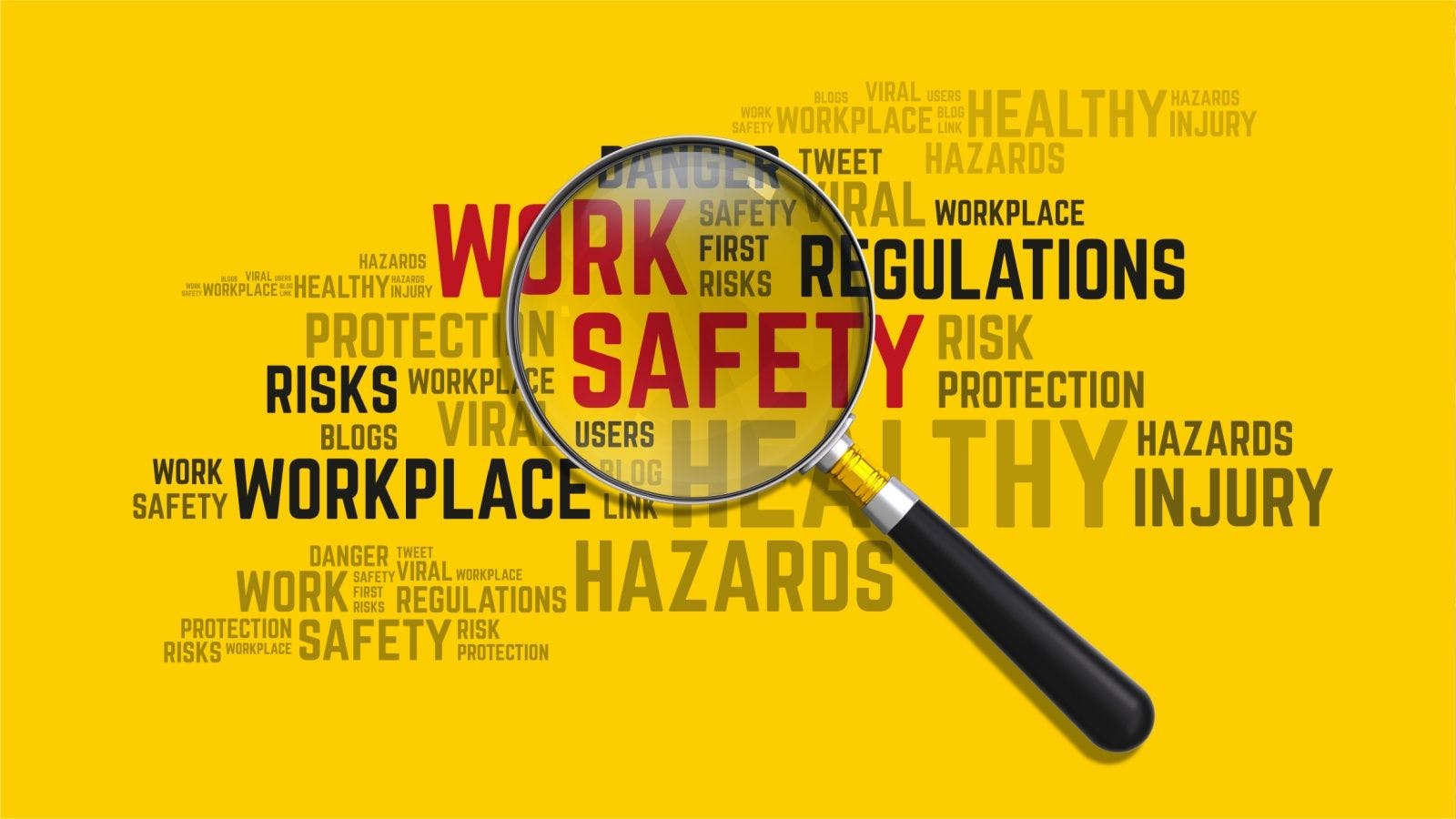
Preparing for Active Shooter Incidents: Accessing Expert Safety Resources
Recent national tragedies have highlighted the challenges in providing safe environments in the workplace, schools, houses of worship, entertainment venues and other gathering places in the event of an active shooter incident. Such incidents can happen in any place at any time and without warning. As part of its mission to enhance workplace safety, the Safety Alliance gathers and shares resources to assist in preparing for an active shooter situation. The active shooter resource page offers links to numerous useful and informative documents, videos and presentations on preparing for such an active shooter event.
No matter the facility, management and individuals should have an active shooter plan in place as these situations are unpredictable and evolve quickly. There are numerous resources available to help craft such a plan, including excellent training from the Federal Emergency Management Agency’s (FEMA) Emergency Management Institute. The “IS-907 Active Shooter: What Can You Do?” training course is free and interactive, and the material is validated and based on current best practices across the nation.
Upon completing this course, participants will be able to: describe actions to take when confronted with an active shooter and responding law enforcement officials; recognize potential workplace violence indicators; describe actions to take to prevent and prepare for potential active shooter incidents; and describe how to manage the consequences of an active shooter incident.
Other training offered by FEMA in this Independent Study format include:
- IS-36: Multihazard Planning for Childcare;
- IS-360: Preparing for Mass Casualty Incidents: A Guide for Schools, Higher Education, and Houses of Worship; and
- IS-362.a: Multi-Hazard Emergency Planning for Schools.
For individuals, the Safety Alliance highly recommends the FBI’s “Run, Hide, Fight” video, which demonstrates the best strategies to survive an active shooter situation. To summarize, Run, Hide, Fight follows these guidelines.
RUN
Getting away from the shooter or shooters is the top priority. Leave personal effects behind and run away. If safe to do so, warn others nearby. Call 911 when safe. Describe each shooter, locations and weapons.
HIDE
If unable to get away safely, find a place to hide. Get out of the shooter’s view and stay very quiet. Silence electronic devices and make sure they won’t vibrate. Lock and block doors, close blinds and turn off the lights. Don’t hide in groups – spread out along walls or hide separately to make it more difficult for the shooter. Try to communicate with police silently through text messages or by putting a sign in an exterior window. Stay in place until law enforcement gives the all clear.
FIGHT
The last resort when in immediate danger is to defend yourself. Commit to actions and act aggressively to stop the shooter. Ambushing the shooter together with makeshift weapons such as chairs, fire extinguishers, scissors and books can distract and disarm the shooter.
The Department of Homeland Security’s Planning and Response to an Active Shooter: An Interagency Security Committee Policy and Best Practices Guide is designed for buildings and facilities in the United States occupied by federal employees. However, the guide can be useful for any facilities, including existing buildings, new construction and even jobsites. Due to the nature of an active shooter event, this guide contains guidance for all who might be involved, including law enforcement agencies, facility tenants and the public. Certain sections of this document are meant to educate facility tenants regarding actions they can take to save themselves or others.
Links to many other pertinent resources are available on the Safety Alliance’s active shooter resource page. By recognizing signs of potential violence, and what to expect after an active shooting takes place, employees can be better prepared to take the necessary steps to make themselves and the places around them safer. The active shooter resource page will continue to be updated as new information and resources become available.
Related stories








